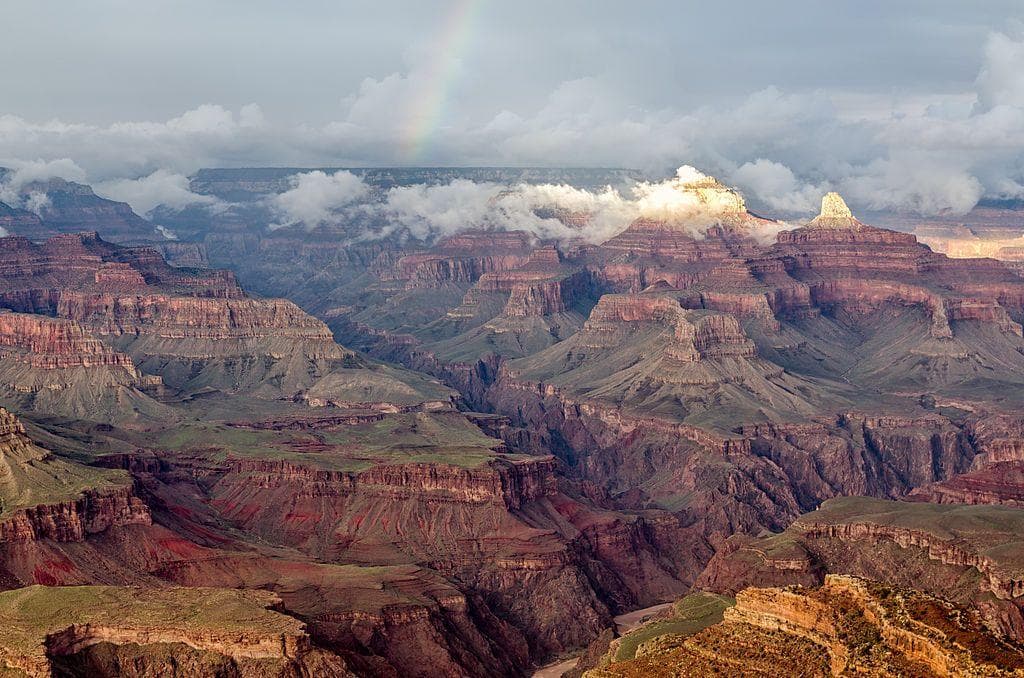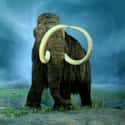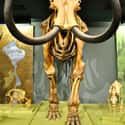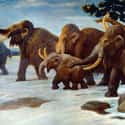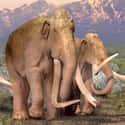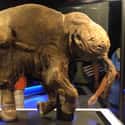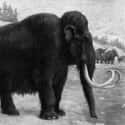-
(#3) Mammoth Fossils Overwhelmingly Belong To Males
One of the most puzzling things about the woolly mammoth is that the vast majority of fossils found are from male mammoths. In most other species, the fossil record would show an even amount of both sexes as long as there was a roughly equal number of each sex.
“We were very surprised because there was no reason to expect a sex bias in the fossil record,” said study author Patricia Pecnerova. With 69% of all fossils found belonging to male mammoths, researchers have worked hard to find a compelling explanation.
-
(#9) Bringing Back The Furry Animals May Soon Be A Reality
The fact that so many woolly mammoth specimens and fossils have survived in great condition has given scientists plenty of genetic material to study. This in turn has led to hopes that the animal could be brought back from extinction.
Using a new genetic splicing tool known as Crispr, scientists at Harvard are confident that they will be able to infuse certain woolly mammoth genes into the embryos of Asian elephants, creating a hybrid animal that would essentially be a cross between the two animals. It would look very much like a modern elephant but include some traits - such as small ears and a long, furry coat - of the mammoth.
-
(#5) Females Generally Moved Around In Herds
While males were often caught up in hazards that would lead to natural preservation, such as bogs and lakes, this usually wasn't the case with female mammoths, which were generally more risk-averse.
The females would normally move around in large herds led by an older matriarch. They were more capable of avoiding potentially threatening situations, like thin ice or mud flows, because they were more aware of environmental dangers.
-
(#7) A Number Of Factors Led To Their Demise
Woolly mammoths were common throughout North America and Siberia for hundreds of thousands of years. The giant creatures began to die out around 20,000 years ago, however, and are believed to have become extinct 4,000 years ago when the last of a few isolated groups disappeared.
No one reason is to blame for their extinction. Although humans lived alongside the animals for thousands of years, people likely played a significant part in mammoths' demise due to hunting. Yet climate change may have been the defining factor that wiped out the mammoths. As the planet gradually became warmer, the natural environment for the mammoth would have severely shrunk, leaving them with little habitat to live in.
-
(#2) Genetic Defects May Have Led To Their Extinction
Just before the woolly mammoths went extinct they went into what has been described as a "genomic meltdown." As their populations diminished rapidly and only small groups survived, their gene diversity was dramatically reduced. This led to significant mutations in their DNA; these genetic defects would have caused the animals to lose their sense of smell and change their social behavior.
"There was this huge excess of what looked like bad mutations in the genome of the mammoth," said Dr. Rebekah Rogers, a researcher from the University of California, Berkeley. "We found these bad mutations were accumulating in the mammoth genome right before they went extinct."
In 2020, researchers with the University of Chicago published a study in which they successfully resurrected mammoth genes from the last known population of the species on Wrangel Island in the Arctic Ocean. The goal was "to test whether their mutations actually were damaging," said lead author and assistant professor of biological sciences Vincent Lynch, since most mutations have little to no actual effect.
The study compared the Wrangel Island mammoth genes to that of similar populations such as Asian elephants and two other mammoth species. Using the synthesized altered genes of the Wrangel Island mammoths, researchers were able to visually see how they interacted with other molecules.
The results of the 2020 study complement Rogers's theory. Lynch concluded that "the last mammoths may have been pretty sick and unable to smell flowers [which they ate for food], so that’s just sad."
-
(#4) Males Would Wander Around Alone
One theory to explain the predominance of male fossils is that males were more likely to roam around by themselves. This meant they would not be part of a herd, which could have provided protection from predators and the collective intelligence to avoid potential threats.
“Without the benefit of living in a herd led by an experienced female, male mammoths may have had a higher risk of dying in natural traps such as bogs, crevices, and lakes,” said Love Dalen of the Swedish Museum of Natural History.
New Random Displays Display All By Ranking
About This Tool
Mammoths are prehistoric behemoths. Archaeologists discovered their fossils on the continent in the recent century and everything about them attracted human attention. Scientists have analyzed the fossils of mammoths to know the mammoth is an ancient vertebrate that lived widely in Europe, Asia, and North America about 10,000 years ago. The last batch of mammoths went extinct around 1650 BC. So what caused this huge race to be extinct?
Paleontologists and archaeologists can only explore the truth about mammoths in their research. As the research continues, some mysteries about mammoths were gradually revealed. The main reason for the extinction of mammoths should be global climate change and human behaviors. Here the random tool revealed 11 facts about mammoths.
Our data comes from Ranker, If you want to participate in the ranking of items displayed on this page, please click here.








